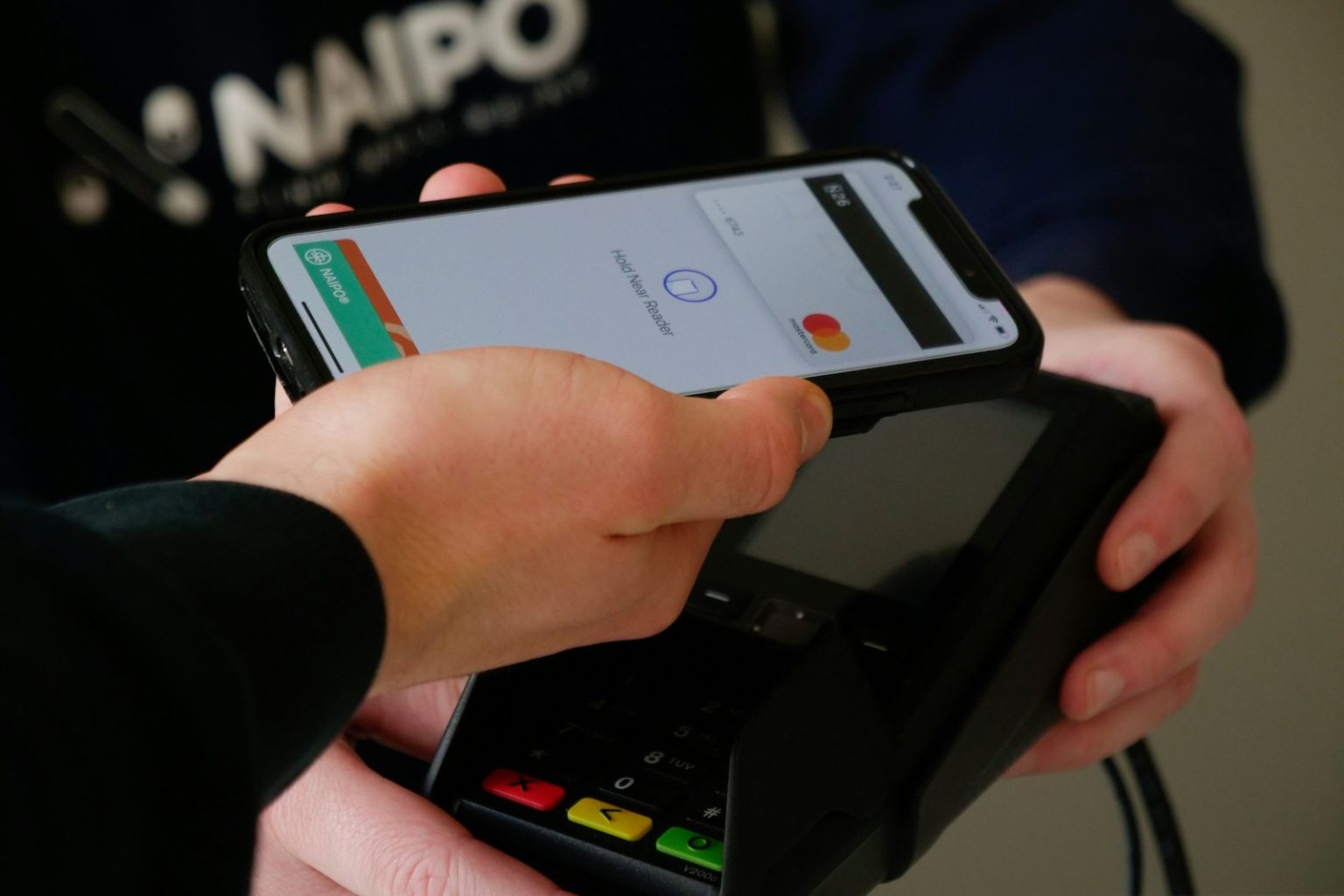Gen Alpha, those born between 2010 and 2024, are spending big and leading the push for digital payments, according to a recent report by financial technology company GoHenry. The report found that Gen Alpha’s spending reached $126.2 million between 2023 and 2024, with a significant portion of the money allocated to online services, including food delivery and social media purchases. Louise Hill, founder of GoHenry, says that “convenience and speed have become the norm” for Gen Alpha, who are used to everything being available instantly.
This instant gratification culture is driving different behaviors with money, making it challenging for parents to teach their children money-saving skills. Despite the availability of financial education resources, the presence of easy-to-use money products, such as credit cards, buy-now-pay-later options, and contactless payments, adds complexity to the task of teaching money skills. Hill emphasizes the importance of children understanding that “money has to be earned before it can be spent” and spending thoughtfully.
To help raise money-savvy kids, Hill suggests making money tangible by giving children regular pocket money in the form of physical cash. This allows children to understand the cost of their favorite items and appreciate the value of money. For teenagers, Hill proposes “pizza budgeting,” where money is visualized as a pizza, illustrating how expenses like rent and bills reduce the amount available for leisure spending.
Shift to digital spending
Another key aspect of raising financially literate children is including them in conversations about money. Hill believes it’s beneficial to keep kids informed about household finances, especially during challenging times like the U.K.’s cost-of-living crisis post-COVID-19.
Parents can talk about money struggles in a way that doesn’t stress children, such as involving them in making a “fakeaway” at home instead of ordering a takeaway. In a separate report by Mastercard, Gen Alpha was identified as the driving force behind the adoption of digital payments in the Asia-Pacific region. The study revealed that while digital wallets are widespread among this cohort, 48% still use credit cards, and 47% of parents reported that their Gen Alpha children introduced them to new digital financial tools.
Sandeep Malhotra, Mastercard VP for core payments in APAC, noted that cash usage is lowest among Gen Alpha, while digitization is at its peak. The report also highlighted Gen Alpha’s preference for innovative financial tools leveraging artificial intelligence and gamified finance, as well as their inclination towards voice interfaces and decentralized finance (DeFi). Teaching kids about money is a critical life skill in today’s instant-gratification culture.
By making money tangible, including children in financial conversations, and providing them with the right tools and education, parents can help raise a financially savvy generation that is well-prepared for a digital-first financial future.







